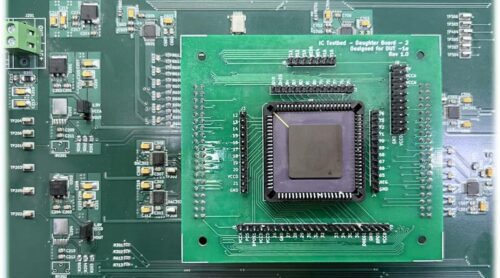“With ARYABHAT we have a learning paradigm, the problem of analog chips being prone to noise or small variations in voltage that causes errors can be compensated here by learning and overcoming,” Prof. Chetan Thakur, IISc Bangalore

“Most of the computation happening today is done on the digital side. But the world is analog, and it is majorly used for the interface.” Digital computation has provided the world with scalability and precision to a very large extent but analog tends to be a base for the digital world. Digital chips have a greater advantage over analog as they can be easily synthesized and later modified as per the requirements. A digital chipset framework can be applied across various generations of technology with minimal modifications and provides precise results.
Analog devices come with their own set of problems as they are not so precise and even consume more power compared to digital devices. Analog chips are more prone to noise leading to errors. A team of researchers at Indian Institute of Science(IISc), Bangalore has developed a framework to build cutting-edge analog chipset that can be faster and require less power than the digital chips used in most of the devices.
ARYABHAT stands for ‘Analog Reconfigurable Technology And Bias-scalable Hardware for AI Tasks’. The chip can be reprogrammed and can be ported across different generations of process designs and applications. ARYABHAT-1 can process AI tasks like speech and object recognition and every other task that require massive parallel computing operations at high speed.
“One important thing I would like to mention is that the architecture of ARYABHAT is ‘bias-scalable’ – its performance remains the same when the operating conditions like voltage or current are modified. This means that the same chipset can be configured for either ultra-energy-efficient Internet of Things (IoT) applications or for high-speed tasks like object detection,” Prof. Chetan elaborates.
The researchers confirm that the chip can be programmed with various machine learning paradigms and can function in the way a digital chip does.





